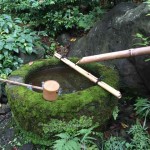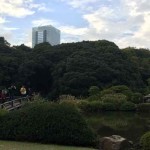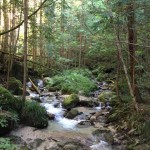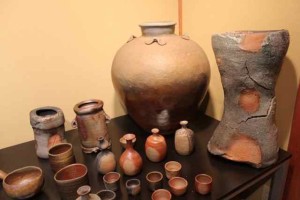
The beauty of Bizen ware, or Bizen yaki, is strongly related to its rough texture and sober color. Its beauty was discovered at the end of the 16th century as the Japanese established their world-renowned tea ceremony. When the tea ceremony began to embrace ultimate simplicity, tea masters gradually favored Bizen yaki. They preferred Bizen yaki because of the simplicity. The aesthetics of beauty in simplicity and incompleteness, which was developed during the evolution of the tea ceremony, is called sabi. (Sabi will be described further in a subsequent post.)
John, a pottery artist who was apprenticed to a renowned Japanese Bizen yaki master Michiaki Kaneshige in the early 1980s says the beauty of Bizen yaki is something you extract Read More

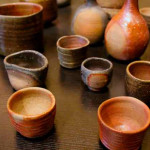
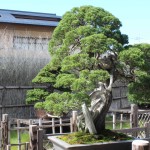
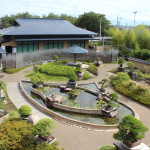 Read More
Read More 